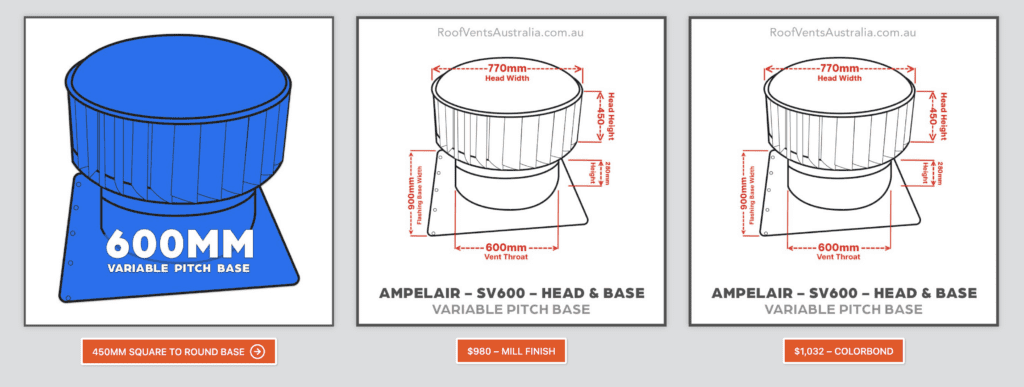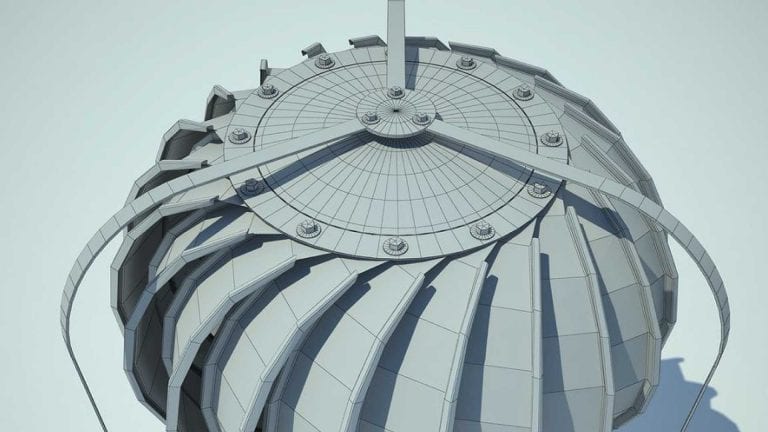Elevating Your Roofing Game: A Comprehensive Guide on Budget-Friendly Metal Roof Replacement and Efficient Ventilation Systems in Australia

Rain Heads Custom Made Shipped Free Australia Wide – Click Here >
Dambuster Rain Heads Shipped Free Australia Wide – Click Here >
Commercial Industrial Roof Vents 300mm-950mm – Click Here >
Eco-Friendly Roofing Insulation Shipped Free – Click Here >
Gutter Sumps Shipped Free Australia Wide – Click Here >
Introduction
Australia’s diverse climate—from the hot, arid regions of Western Australia to the tropical north of Queensland—puts unique demands on domestic and industrial infrastructure. One aspect that plays a critical role in both sustainability and energy efficiency is roofing. From design considerations to material choice and ventilation, there’s a multitude of factors to consider for anyone looking at upgrading their roofing systems.
This article aims to serve as an educational tool, addressing budget-friendly metal roof replacement, efficient natural roof ventilation options, and practical installation tips, specifically tailored to the Australian context. Herein, you’ll find a wealth of information from trusted sources, as per Australian Standards (AS/NZS 1562.1:1992, AS/NZS 1664.1:1997, etc.) and guidelines provided by reputable organizations like the Housing Industry Association (HIA) and Master Builders Australia.
Budget-Friendly Metal Roof Replacement
Why Choose Metal Roofing?
Metal roofing is both durable and cost-effective, making it a popular choice in Australian homes and industries. Zincalume and Colorbond are two commonly used metal roofing materials renowned for their long-lasting attributes. According to a study by the Australian Building Codes Board (ABCB), metal roofs typically have a life expectancy of over 50 years.
Budget-Friendly Options
When considering budget-friendly metal roof replacements, one has to look at both the short-term and long-term costs, including maintenance. While some initial expenses might seem high, the durability of metal roofs can offer cost savings over the long run. Importantly, some Australian states offer grants and subsidies for adopting energy-efficient technologies, including roofing solutions.
State-by-State Insights
- In Victoria, the “Sustainable Homes Program” may provide financial assistance for energy-efficient home upgrades.
- In Queensland, the “Household Resilience Program” has incentives for home improvements, including roofing upgrades.
Natural Roof Ventilation in Australia
Why Is Ventilation Important?
Proper roof ventilation is crucial in regulating temperature, reducing energy costs, and prolonging the life of your roofing materials. Given Australia’s climate, ventilation is not a luxury but a necessity.
Wind-Powered Roof Vents
One of the most effective ways to improve natural roof ventilation is through wind-powered roof vents. These work by utilizing the wind’s kinetic energy to draw out hot air from your attic or industrial space. The Australian Department of Industry, Science, Energy, and Resources has detailed guidelines on the advantages of wind-powered roof vents, particularly in regions with higher wind activity, such as coastal areas of New South Wales and Tasmania.
Ampelite Roof Vent Installation Guide
When it comes to roof ventilation, Ampelite is one of the industry leaders in Australia, known for their durable and efficient ventilation solutions. Installing an Ampelite vent is often straightforward, but like any construction project, it must comply with local codes and Australian Standards (AS/NZS 3000).
- Site Inspection: Conduct a thorough inspection to identify the ideal locations for vents.
- Cutting and Prepping: Cut out the area where the vent will sit, ensuring that it aligns with structural supports.
- Sealing and Fastening: Seal the edges with an approved sealant and fasten the vent to the roof with screws, as per the manufacturer’s guide.
- Testing: Ensure that the vent operates as expected, testing against wind conditions.
Industrial Roof Ventilation Fans
For industrial settings, electrical or solar-powered roof ventilation fans are often recommended. These provide consistent performance, regardless of weather conditions. Manufacturers like Edmonds and CSR have industrial-grade roof ventilation fans tested against the rigorous Australian standards, ensuring durability and effectiveness in a variety of industrial environments.
Box Gutter Rain Head Sizing
Box gutters are common in both residential and industrial buildings in Australia. However, correct sizing is crucial for proper water drainage, particularly during intense rainfall events, as seen in places like Queensland and Northern Territory. Rain heads act as external catchment devices to improve water flow and minimize overflow risks.
For accurate box gutter rain head sizing, consult the Australian Standard (AS/NZS 3500.3:2018) for Plumbing and Drainage. The CSIRO also provides empirical data and calculators to assist in determining the most appropriate size for your project.
Conclusion
In Australia, the unique climatic conditions make it essential to choose roofing and ventilation solutions wisely. Budget-friendly metal roofing options like Zincalume and Colorbond offer durability and long-term cost-effectiveness. Natural roof ventilation through wind-powered vents or reliable industrial roof ventilation fans can significantly reduce energy costs and improve building sustainability.
By adhering to Australian Standards and utilizing state-specific grants and subsidies, you can make informed decisions for your roofing needs. Whether you are consulting an Ampelite roof vent installation guide or determining box gutter rain head sizing, being aware of and following established guidelines ensures your project’s success.
References
- Australian Building Codes Board (ABCB). (n.d.). National Construction Code.
- Housing Industry Association (HIA). (n.d.). Roofing Guidelines.
- Master Builders Australia. (n.d.). Roofing Best Practices.
- Australian Department of Industry, Science, Energy, and Resources. (n.d.). Residential Housing Guide.
- Australian Standards (AS/NZS 3500.3:2018). Plumbing and Drainage.
- CSIRO. (n.d.). Rainwater Harvesting and Drainage Sizing.
Your next move should be carefully planned and tailored to your specific location and needs, considering the variable climate and available resources in Australia. Take advantage of the tools and information at your disposal, and make your roofing system a paragon of efficiency and durability.

